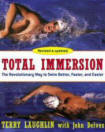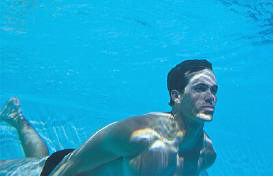
Swim with Dolphins
This post was written almost 20 years ago. Nowadays there are very few holiday destinations where you can swim with dolphins either in the wild or at water parks such as Aqualand in Tenerife. Dolphin Encounters are about as close as you are going to get!
In June I’m off for a Dominican Republic Holiday. At the age of 54 I really can’t believe I’m going to swim with dolphins.
All my life I’ve been terrified of water until I had adult swimming lessons in my late forties going on to take my ASA teaching qualification and then my national rescue award. Never in my wildest dreams did I think I’d get to swim with dolphins but here I am 8 weeks away (More when I get back!)
I’m staying next year in Tenerife with a really great whale and dolphin trip from Los Abrigos Holidays
The Dolphin Swim at Ocean World looks fantastic and I’ve heard some very good report about how happy the dolphins are to swim with you. Other people that have had the dolphin swim say what a life changing experience it is and how the dolphins seem to enjoy swimming with everyone.
So wish me luck and more on my Dolphin Swim experience when I get back.




























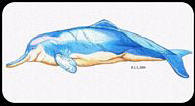






 In addition a self-rating measurement of anxiety symptoms the Zung scale found a fall of more than 20% among the dolphin group compared with a decline of 11% among the non-dolphin groups.
In addition a self-rating measurement of anxiety symptoms the Zung scale found a fall of more than 20% among the dolphin group compared with a decline of 11% among the non-dolphin groups.

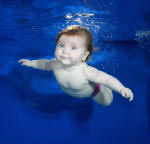 The following information will help parents make an informed choice about taking their baby to a swimming pool
The following information will help parents make an informed choice about taking their baby to a swimming pool
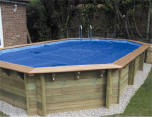




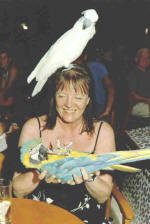 <————- This is me on holiday in Tenerife 2003.
<————- This is me on holiday in Tenerife 2003. I am married to Dave and have 2 step children Lisa and Lee and 3 grandchildren Immy Logan and Luke.
I am married to Dave and have 2 step children Lisa and Lee and 3 grandchildren Immy Logan and Luke. 



